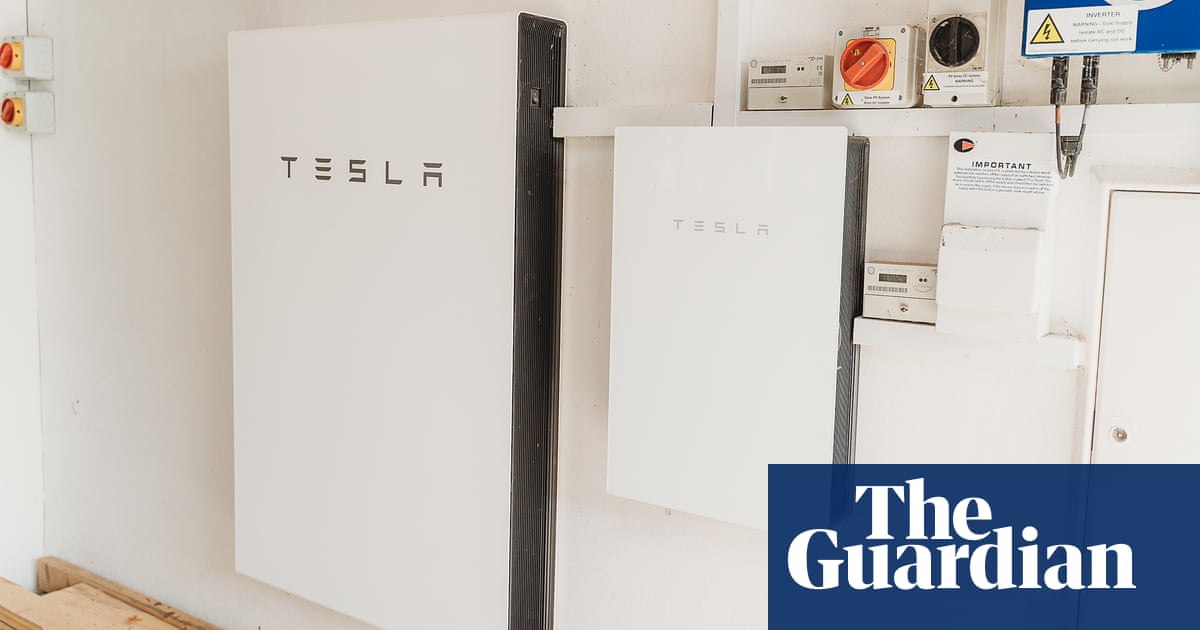Gas shortfalls for eastern states worse than predicted just months ago, ACCC warns | Energy

East coast gas shortfalls could emerge as soon as 2027, a year earlier than was forecast six months ago, unless new sources of supply are made available, the competition watchdog has warned in a report.
Released on Friday, the Australian Competition and Consumer Commission report does not cover the supply squeeze that prompted the market operator last month to issue a “threat notice” of potential shortfalls of the fuel in southern states, amid production issues and a prolonged cold snap.
The interim 2017-2030 report said the decision by the New South Wales government and Origin Energy to extend operations of the Eraring coal-fired power station by two years would help defer some gas demand.
“The southern states [NSW, South Australia, Tasmania and Victoria] are expected to face shortages of locally produced gas from 2026,” the commission said, adding that the size of any shortfalls would depend on how much Eraring’s extension curbed demand for gas-powered generation.
“The southern states currently rely heavily on gas transported from Queensland producers during peak winter months,” it said. “However, forecasts of further decreases in supply mean that the southern states will be more reliant on Queensland gas.”
The Bass Strait gas fields are in long-term decline. However, from 2029 Queensland will also require new sources of supply, the report said.
Projections of shortfalls – and calls for more production – come even as the bulk of gas produced in Australia is exported. In 2025, for instance, liquefied natural gas producers are forecast to export 1369 petajoules, or about 71% of output, ACCC said.
Unscheduled maintenance at Victoria’s Longford gas plant last month prompted a rapid drawdown of gas from the state’s main Iona storage site – developments not captured by the ACCC report.
In one week, Iona’s capacity dropped by a record 2.6 petajoules. Capacity sank from 78% full to 60% over a single fortnight, the market operator told industry users.
“Iona inventory decline needs to be less than [0.2PJ/day] on average (6PJ/month) to prevent deliverability risks before the end of August”, it said. Longford’s output has lately risen to its maximum of about 0.77PJ a day, officials have said.
The commission, meanwhile, estimates there will be a surplus of between 69-110PJ in the east coast market, or about 20% of demand, in 2025 “depending on whether the LNG producers export all their uncontracted gas”.
after newsletter promotion
“In 2026, the projected surplus declines to between 54 and 98 PJ, depending on the level of forecast spot or additional LNG sales,” it said.
Longer term, import facilities such as at Port Kembla in NSW may be needed.
Gas prices have declined from their highs in mid-2022 to closer to levels last seen in early 2022, the ACCC said, because of more stable international prices and a 12-month temporary price cap between December 2022 to December 2023.
“Average prices agreed under contracts for 2024 supply decreased to $12.63 per gigajoule for gas sold by producers (a 26% decrease compared to the previous six months) and $17.27 for gas sold by retailers (a 10% decrease in the same period), the report said.
The treasurer, Jim Chalmers, said: “This report shows that our efforts to deliver more gas at more reasonable prices are making a meaningful difference.”
However, the report cautioned it is too early “to draw conclusions about the impact of the Gas Market Code on prices”. Analysis in the report covered only up to January this year.
Source link




